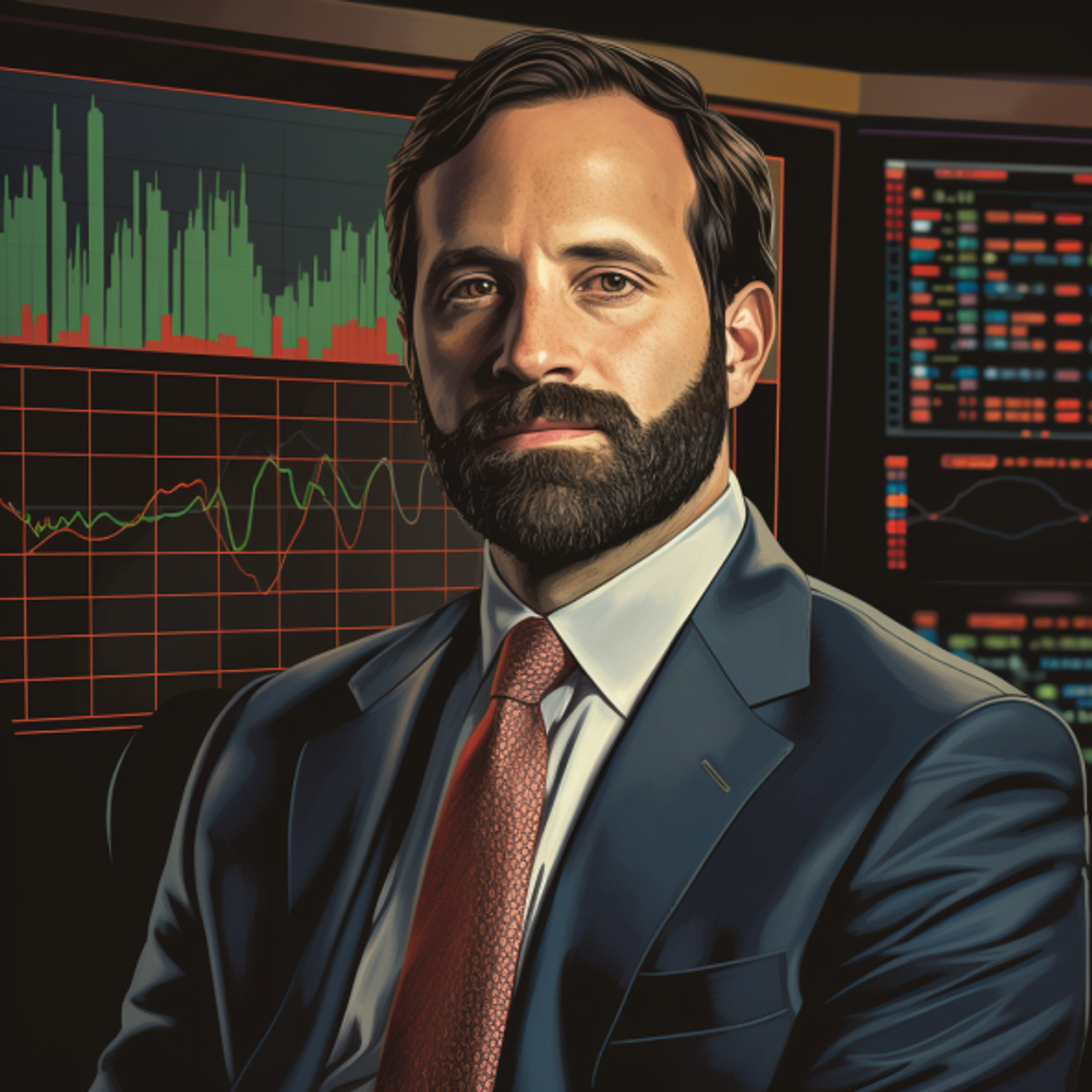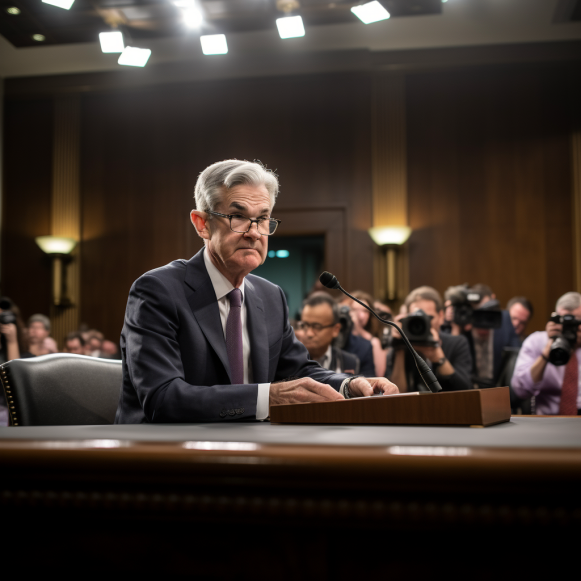3 young millionaires share the one index fund they’d invest in — plus the early mistake that could cost investors six figures in their retirement funds

- There are over 2,800 index funds and actively managed ETFs to pick from.
- A less-than-ideal choice could cost an investor six figures over a few decades.
- A high expense ratio is a cost that is often overlooked by investors.
People frequently use index funds or exchange-traded funds to simplify investing while providing exposure to a diverse range of assets.
It’s the “set it and forget it” investment strategy.
However, even within this approach, there are numerous options to consider. According to the Investment Company Institute, there will be over 2,800 index and actively managed ETFs in the United States by December 2022. A poor decision could cost an investor six figures over a few decades.
Aside from poor performance, one major flaw that is frequently overlooked is the expense ratio attached to a fund. The expense ratio can range from 0.04% to more than 1%. These figures may appear insignificant at first glance, but they add up over time.
A fund with a 1% expense ratio, for example, would cost $188,224 if you invested $10,000 per year for 30 years. The same setup would cost $8,278 with a 0.04% expense ratio, according to an expense ratio calculator.
Many investors learn this lesson too late, including Michael Quan, who had a basket of funds with expense ratios ranging from 0.69% to 0.76%. Unfortunately for him, his company’s retirement plan provided only a few 401(k) options.
According to records reviewed by Insider, Quan left the workforce in 2013 after selling his IT firm, leaving with a net worth of $1.28 million and $110,000 in cash. This also allowed him to roll over his retirement plan and gain access to a wider range of funds.
He began purchasing lower-fee index funds, diversifying his exposure to developed and emerging foreign markets. They included the Vanguard FTSE Developed Markets ETF (VEA), which invests in securities from Canada, Europe, and Japan, as well as the iShares Core MSCI Emerging Markets ETF (IEMG), which invests in developing economies. He purchased the iShares Core S&P 500 ETF (IVV) to gain exposure to US stocks. The expense ratios for the funds were 0.05%, 0.09%, and 0.03%, respectively.
If Quan had to go through the process again, he would take an even simpler approach and allocate all of his money to the Vanguard Total Stock Market Index Fund ETF (VTI). This fund tracks the US stock market and has a 0.03% expense ratio.
“In my younger years, I was more inclined to invest in longer-term trends, such as emerging markets or tech growth,” Quan said in an interview with Insider. “While I don’t believe one strategy is inherently better than the other, I do think our investment approach evolves over time, influenced by our changing priorities and focus.”
Jeremy Schneider, a young retiree who quit his day job when he was 36, came to the same conclusion about simplifying his life. According to records reviewed by Insider, he had a lump sum of $2 million after building and selling a property-listings platform called Rentlinx, which he used to invest.
It was money he decided to spread across nine index funds in order to diversify his portfolio. These funds tracked the largest publicly traded US companies, small-cap stocks, US and global real estate, international and emerging markets, commodities, and Treasuries — a little bit of almost every asset class globally.
However, boredom drove him to seek a new purpose soon after retiring, leading him to become an online money educator. He founded the Personal Finance Club in 2019, which provides free and paid content about index fund investing. He reasoned that because he retired young, he could teach others how to achieve their own financial goals.
He began to educate himself on personal finance concepts and experiment with various investment vehicles, using tools such as Portfolio Visualizer, an online fund simulator. He compared the indexes he bought in 2015 to alternatives to see if he made the right decision. However, hindsight is 20/20.
He realized that if he had only invested in one fund, he would have had similar exposure but higher returns. He’s referring specifically to the Fidelity Freedom Index 2050 Investor (FIPFX), a target-date index fund that offers a portfolio of securities that becomes more conservative as the investor approaches retirement. The expense ratio for this fund is 0.12%.
If he could go back in time, Schneider says this is the only fund he’d invest in.
Vivian Tu worked as an equity trader for JPMorgan on Wall Street. She is now an educator after launching her Your Rich BFF brand. This financial education platform includes a newsletter and social media accounts where she posts about basic financial concepts such as credit card debt and money saving.
Tu became a millionaire at the age of 27, with a sizable portion of her fortune tied to her New York City apartment, which had a market value of $2.73 million as of September 2021, according to appraisal documents obtained by Insider.
She did not use her trading skills when investing her own money. Instead, she recognized early on that beating the market is difficult. She only invests in one fund, the Vanguard 500 Index Fund ETF (VOO), which tracks the S&P 500 and is rebalanced quarterly to include the top 500 domestic firms. The expense ratio for this fund is 0.03%.






